Stevenson, Susan. (2006). ADHD and Montessori-A Case Study. Retrieved from http://www.michaelolaf.net/ADHD.pdf
This article is a written observation about an ADHD eight-year-old girl, taught by a Montessori teacher. During the school year, Montessori teachers keep notes and make observations about the children in their class, keeping up to date with each student’s progress. This particular child, Denise is described as overactive, non-focused and at times inappropriate according to this article. It gives a clear example of a child with attention deficit hyperactive disorder.
Herzig, Alyson. (2015). Why We Chose Montessori. Retrieved from theshitastrophy.com/why-we-chose-montessori/
This article, written by a mother of an ADHD boy, talks about his struggles as a preschooler. By the time her son is in kindergarten he attends four different schools, due to his inability to focus or follow rules. A Montessori school is the last effort to find the perfect environment for him, in which he now thrives.
ADHD in Children. (2017). ADD vs. ADHD. Retrieved from Web MD. https://www.webmd.com/add-adhd/why-the-key-to-treating-adhd-goes-beyond-medication/
This article discusses the differences between ADD and ADHD. It talks about symptoms, medications and the importance of getting the correct diagnosis.
Sole-Smith, Virginia. (2017). Why the Key to Treating ADHD Goes Beyond Medication. Retrieved from https://www.parents.com/health/add-adhd/why-the-key-to-treating-adhd-goes-beyond-medication/
This article discusses the benefits of psychostimulant medications Ritalin, Adderal, and Concerta for children with ADD and ADHD. It describes several instances medication is life changing and the effects are positive. Other strategies mentioned, are coping and managing skills which are medication free and involve therapy and behavior management.
Ashford, Kate. (2017).The Best Activities for Kids with ADHD. Retrieved from https://www.parents.com/health/add-adhd/the-best-activities-for-kids-with-adhd/
This article lists the best activities for children with ADHD. It talks about physical activities, like sports, and other activities like cooking or Cub Scouts. Each child has different tendencies and different things that may overwhelm them. Their own personality should direct them to what would best set them up for success.
Flores Shaw, Laura. (2012). The Right Way to Train Attention. Retrieved from https://www.huffingtonpost.com/laura-flores-shaw/after-ritalin-what’s-next_b_1271750.html
This article discusses the possibility of training attention, rather than medicating. The author refers to Maria Montessori’s theory of “normalization”, which is the intense concentration a child experiences during a long period, without interruptions. She compares this to “flow”, another theory which explains a mental state when a person is completely immersed in their task. The author believes a person with ADD is able to train their attention, striving for “flow” in achieving normalization.
Miller, Amy. (2013). Montessori Education and ADD. Retrieved from http://www.addledliving.com/2013/10/montessori-education-and-add.html
The author of this article talks about her own ADD, as well as her entire family. Her husband and both children have been diagnosed with ADD/ADHD. She speaks about the positive education she experienced in Montessori school when she was young. She describes how the Montessori philosophy, environment, and materials found in the classroom are helpful to the child with ADD and ADHD.
Stevens, Laura. (2017).The Sugar Wars: How Food Impacts ADHD Symptoms. Retrieved from https://www.additudemag.com/sugar-diet-nutrician-impact-adhd-symptoms/
This article discusses the possibility ADHD symptoms like restlessness and impulsiveness, may have little to do with sugar. It goes on to suggest hyperactivity may not be influenced by sugar at all. It gives an example how to test your child’s sugar allergy, by elimination for ten days, the eleventh-day re-introducing sugar. As the article suggests the result may be the answer. This article also gives strategies for monitoring sugar intake and modifying it successfully.
Madell, Robin. (2016). Signs and Symptoms of ADHD in Toddlers. Retrieved from htps://www.health.com/health/adhd/toddlsers#overview1
This article points out how difficult diagnosing a toddler with ADD or ADHD is, due to their short attention span, impulsivity, and high energy already present in their developing brains and bodies. It points out the importance of keen observation and constant awareness of the toddler’s behavior, such as extreme hyperactivity, over-familiarity with strangers, extreme aggressiveness, and an inability to focus. Parents are urged to check with their pediatricians if they are concerned.

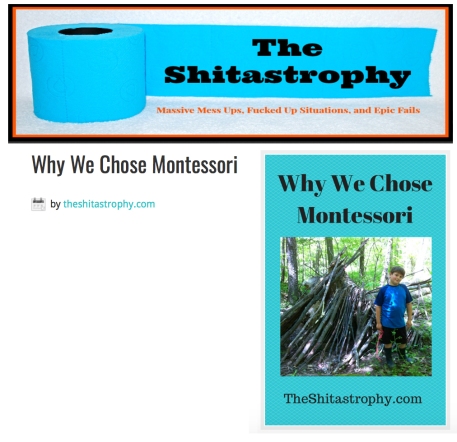
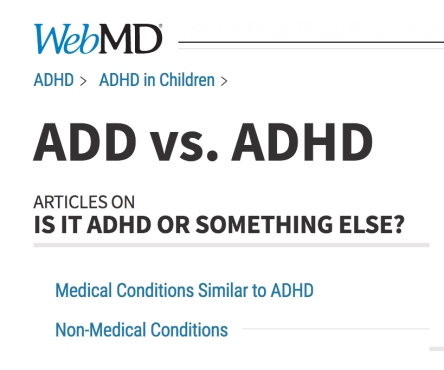
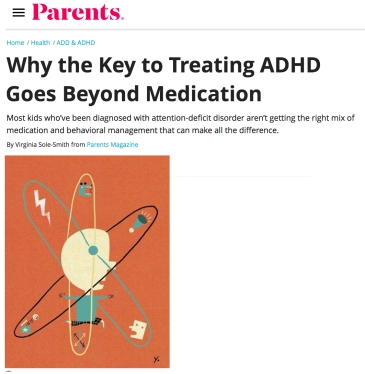
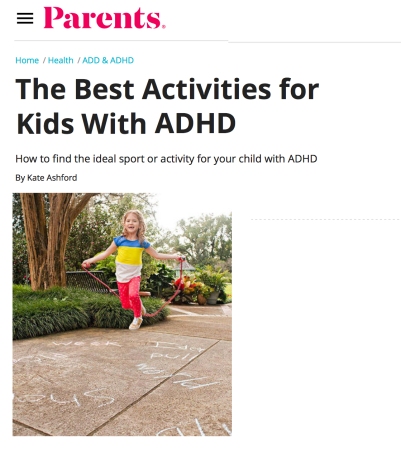
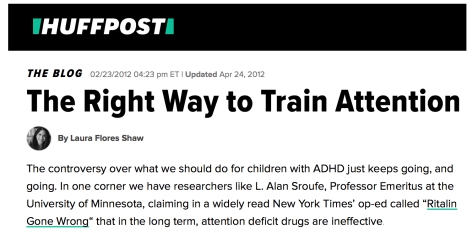
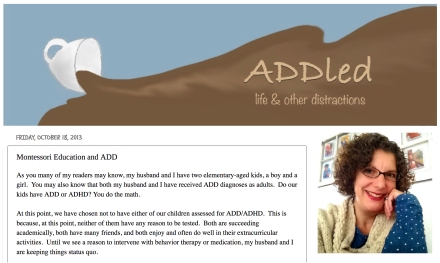
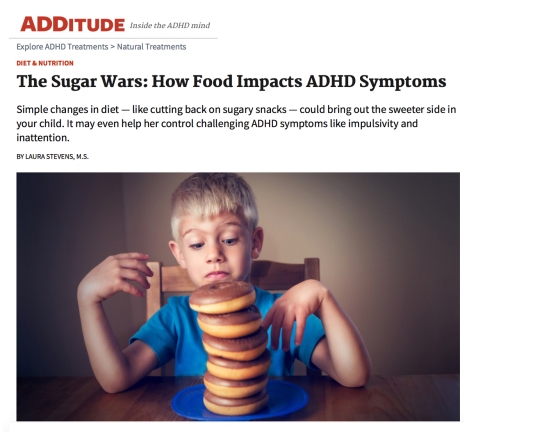
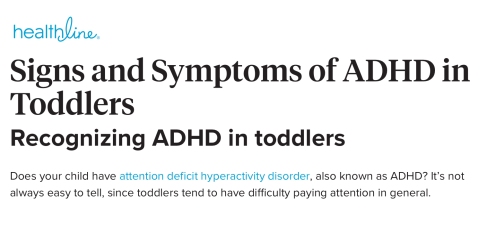
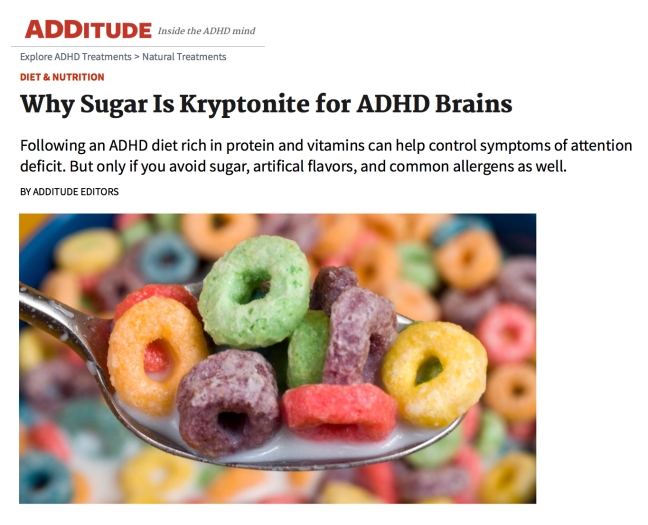
This is such a good site, Malissa.
LikeLike